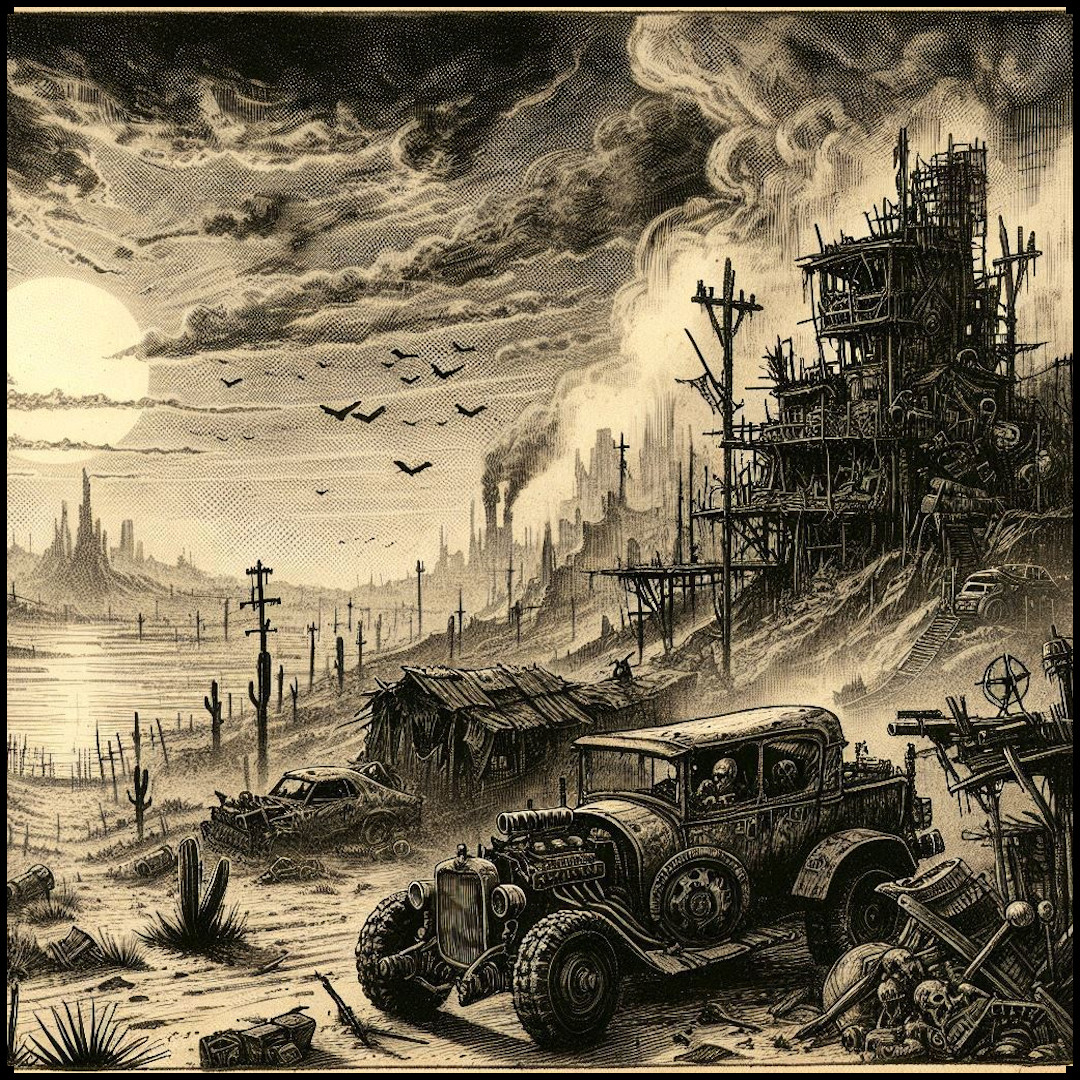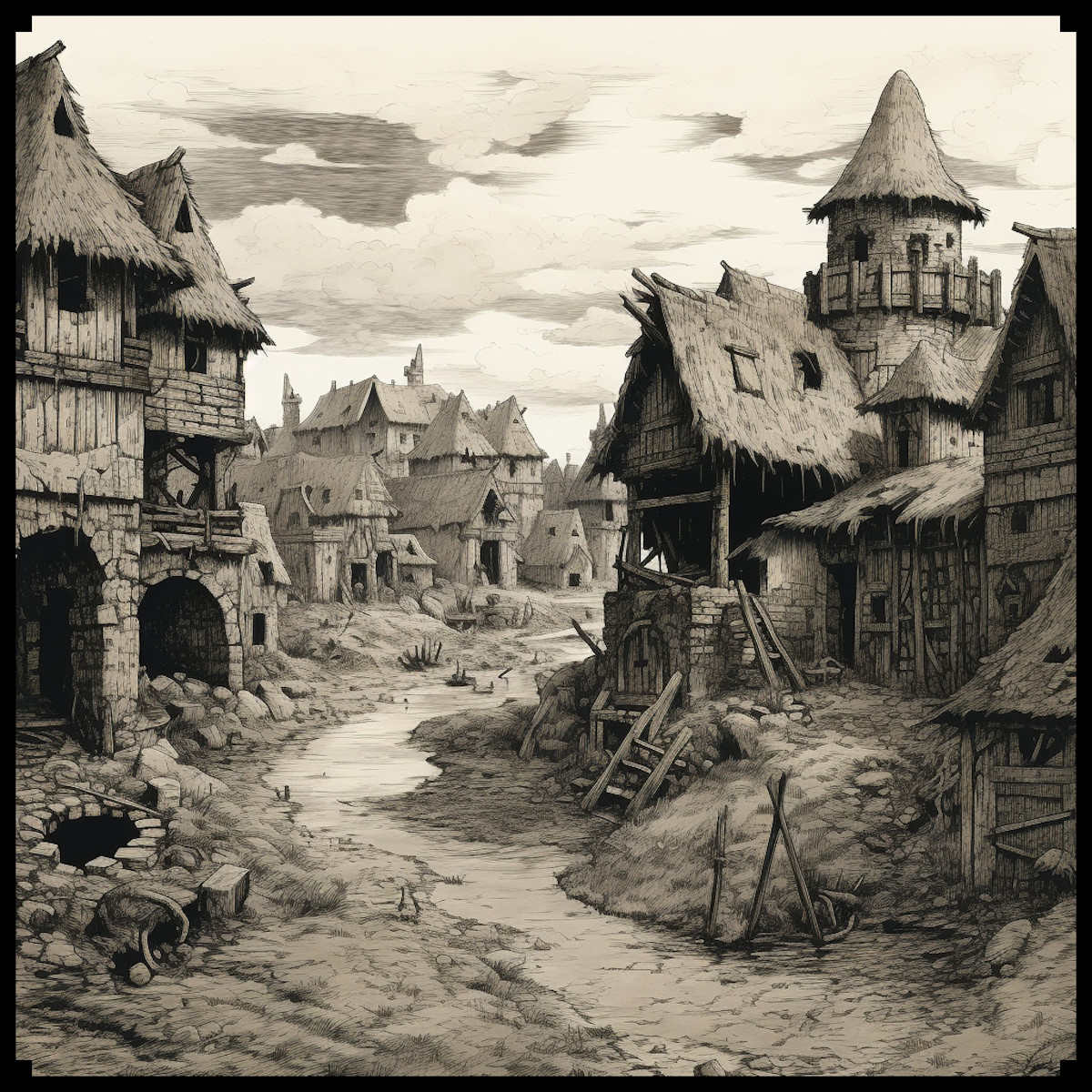
Maps have been fundamental to human civilization, serving as tools for navigation, representation, and cultural expression for centuries. From the intricate medieval mappa mundi to the sweeping landscapes of Renaissance-era cartography, maps have long been a blend of artistry and utility. As fantasy maps continue to gain popularity, especially in world-building for fiction, tabletop RPGs, and games, they have evolved to incorporate not only traditional symbols and motifs but also modern-day elements, such as skyscrapers, airports, and industrial zones. The Modern Era Complete Megapack – 1161 Vintage Assets exemplifies this unique fusion of the ancient and the contemporary, bringing modern infrastructure into the aesthetic of antique-style maps. But why do modern cities, farmlands, and ports hold such significance in these fantasy and antique map styles? Let’s explore the role, history, and utility of modern representations within these maps.
BUY AND DOWNLOAD The Modern Era Complete Megapack – 1161 Vintage assets here :
The Role of Cities and Modern Urban Spaces in Maps
Historically, maps were utilitarian objects. They guided travelers across oceans, through deserts, and over mountains. Yet, they were also deeply cultural artifacts, often adorned with elaborate illustrations and symbols representing both real and imagined places. Take, for instance, the Hereford Mappa Mundi (circa 1300), which combines religious symbolism, mythical creatures, and known geographic locations, all under a worldview dominated by Christian theology. The map was not just a guide but a representation of the spiritual and political landscape.
In a similar vein, contemporary fantasy maps are not merely about geography—they are narratives. The inclusion of modern elements like skyscrapers, industrial zones, and farmlands in these maps adds layers of meaning and utility. These assets, from the Modern Era Complete Megapack, enable creators to imagine sprawling metropolises next to medieval castles or blend futuristic settings into rustic villages. A skyscraper, for example, might signify not just the presence of a modern city but also symbolize power, economic dominance, or a new world order—just as towers and fortresses did in ancient maps.
Similarly, ports with cargo ships, cruise ships, and marinas offer more than just maritime detail. They signify trade, travel, and global connectivity. A map incorporating these modern elements becomes a living, breathing world where characters can move goods, engage in trade wars, or simply observe the transition from an old-world economy to a globalized future.
Cultural and Historical Perspectives on Map Symbols
In the context of historical maps, every symbol had its place and purpose. Churches and cathedrals were often prominent, denoting centers of religious authority. Maps like the 16th-century Carta Marina also included symbols for cities, ports, and natural features, each imbued with cultural or political significance. This symbolic language transcends into modern maps, where symbols for airports, industrial plants, or train stations serve a similar role in identifying essential infrastructure, albeit for a different era.
Incorporating modern farmlands with silos and tractors into a map can serve both practical and decorative functions. Farmlands have always been crucial in maps, representing sustenance, rural life, and the economy. By placing modern silos and tractors into the landscape, a map bridges the gap between an agrarian past and an industrial present. This is not just a decorative flourish; it signifies a transition in the world, from hand-plowed fields to mechanized agriculture, marking progress while retaining the land’s importance in shaping societies.
Airports, meanwhile, offer a fascinating shift in the iconography of maps. In historical maps, pathways and roads were dominant, guiding travelers across the land. In modern maps, the airplane symbol or control tower indicates a completely new form of travel and connection. Where medieval travelers would rely on footpaths and caravans, today’s characters might zip across the globe in hours. Including airports and planes in a fantasy or antique map doesn’t just modernize the world—it revolutionizes how space and time are perceived within that world.
Industrial Zones and Ports: Symbols of Modern Power
Incorporating factories, industrial plants, and smokestacks into a map may seem jarring in a world dominated by castles and forests, but these symbols bring a deeper layer of realism and complexity. Factories represent mass production, labor, and pollution, altering the environmental and economic landscapes. In a fantasy setting, these industrial areas could symbolize a new age of steam power or technological advancement, perhaps even a dystopian turn where ancient magic is replaced by mechanized oppression.
Ports with cargo ships, cruise ships, and marinas are also significant in representing global trade, naval dominance, and exploration. The port city of Venice, for example, was often central in early Renaissance maps due to its influence over Mediterranean trade routes. In modern maps, symbols like cargo ships and cruise ships take on a similar role, suggesting not only commerce but also tourism and cultural exchange. A cruise ship on a map might indicate a wealthy elite traveling for pleasure, while a cargo ship could imply smuggling operations, pirate raids, or the centrality of trade to a nation’s economy.
Ports, factories, and industrial zones in fantasy maps also serve a practical purpose for role-playing games (RPGs) or fictional narratives. These areas might become zones of conflict, where labor strikes, environmental disasters, or political uprisings play out. Characters can explore these spaces, perhaps disrupting production or engaging in espionage, giving the map a sense of dynamism and potential.
Modern Farmsteads and Rural Life
Just as cities and industrial zones shape the landscape of a map, modern farmlands with tractors, silos, and barns offer a glimpse into rural life in an industrialized age. Farmlands were a staple of medieval maps, often symbolized by clusters of small homes and open fields. With the Modern Era Complete Megapack, these symbols evolve. Silos and tractors indicate large-scale farming, mechanization, and the economic importance of agriculture in modern societies.
These farm assets can play a dual role: they are both decorative and functional. Players might explore vast fields, encountering rural communities, or uncovering hidden secrets in the silos and barns. The inclusion of these elements adds depth and believability to a world, suggesting that not every space is dominated by technology—rural areas still thrive, even as cities and industries grow.
Utility and Decoration: The Dual Purpose of Modern Map Icons
At their core, the icons in the Modern Era Complete Megapack serve both functional and decorative purposes. Railway stations, airports, and docks provide practical landmarks for navigating the world. Players and readers alike can understand where key infrastructure exists and how it influences the movement of goods and people.
On the other hand, these icons also enhance the visual appeal of a map. The inclusion of roller coasters, stadiums, and amusement parks adds a playful, modern flair to a world that might otherwise be steeped in medieval or Renaissance aesthetics. These elements suggest leisure, entertainment, and prosperity, offering a contrast to more industrial or agrarian symbols.
Additionally, symbols for churches, chapels, and religious monuments continue to have cultural significance. In older maps, these were often placed prominently to reflect the centrality of religion in both geography and politics. On modern maps, religious buildings might serve a different role, marking heritage sites, centers of community, or places of refuge and sanctuary in a rapidly changing world.
Conclusion: Bridging Eras Through Cartography
The Modern Era Complete Megapack – 1161 Vintage Assets is more than just a collection of modern structures and vehicles; it’s a bridge between the past and the present. By blending skyscrapers, cruise ships, factories, and farmlands into antique map styles, creators can craft worlds that feel dynamic and lived-in. These modern elements offer a new language of symbols, one that reflects industrial growth, globalization, and technological advancement, while still honoring the artistic traditions of the past.
Just as medieval maps reflected the political, religious, and cultural realities of their time, these new maps, adorned with modern symbols, tell stories of a world at the intersection of tradition and progress. Whether used for RPGs, world-building, or as decorative pieces, these maps offer a captivating glimpse into the complexities of blending eras and imagining new worlds.



